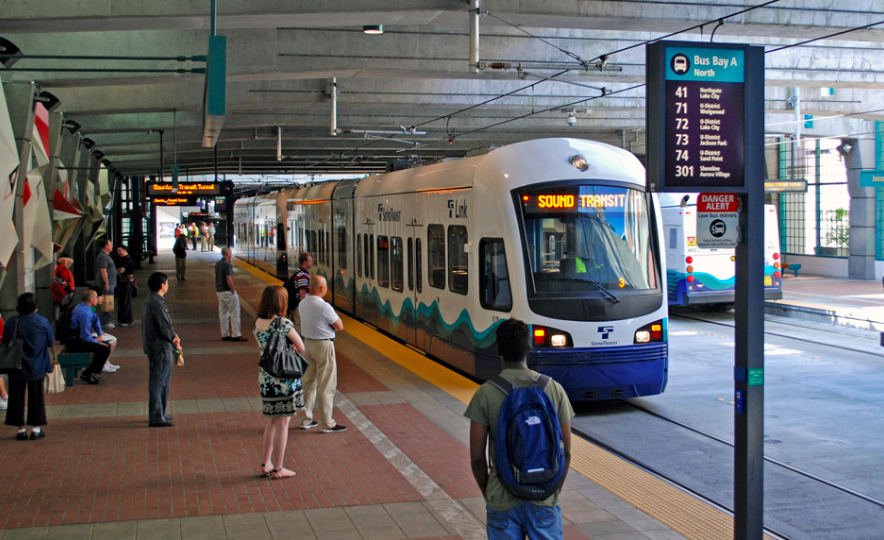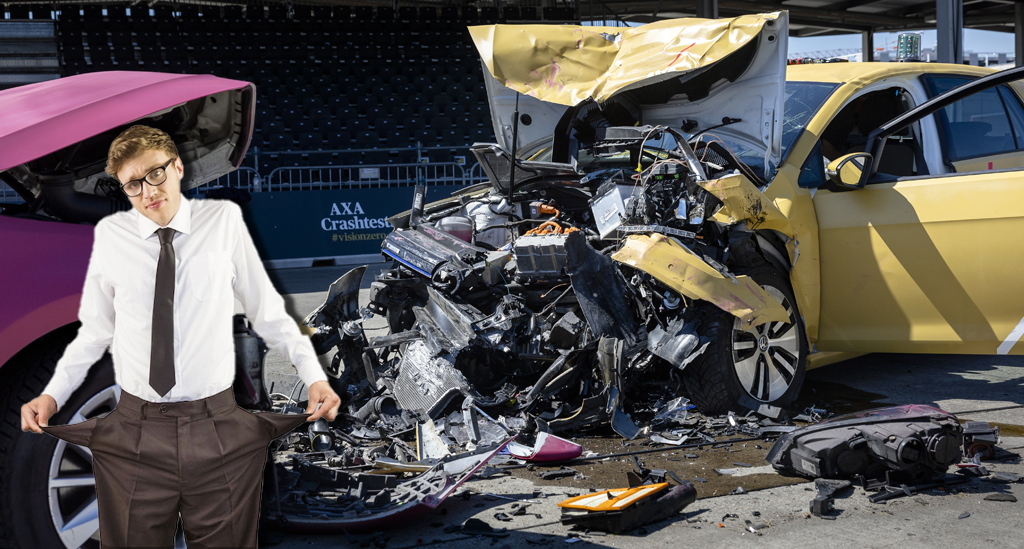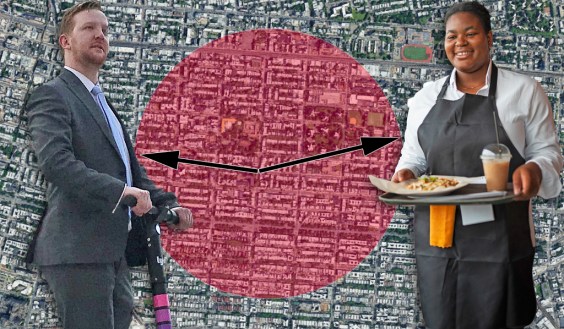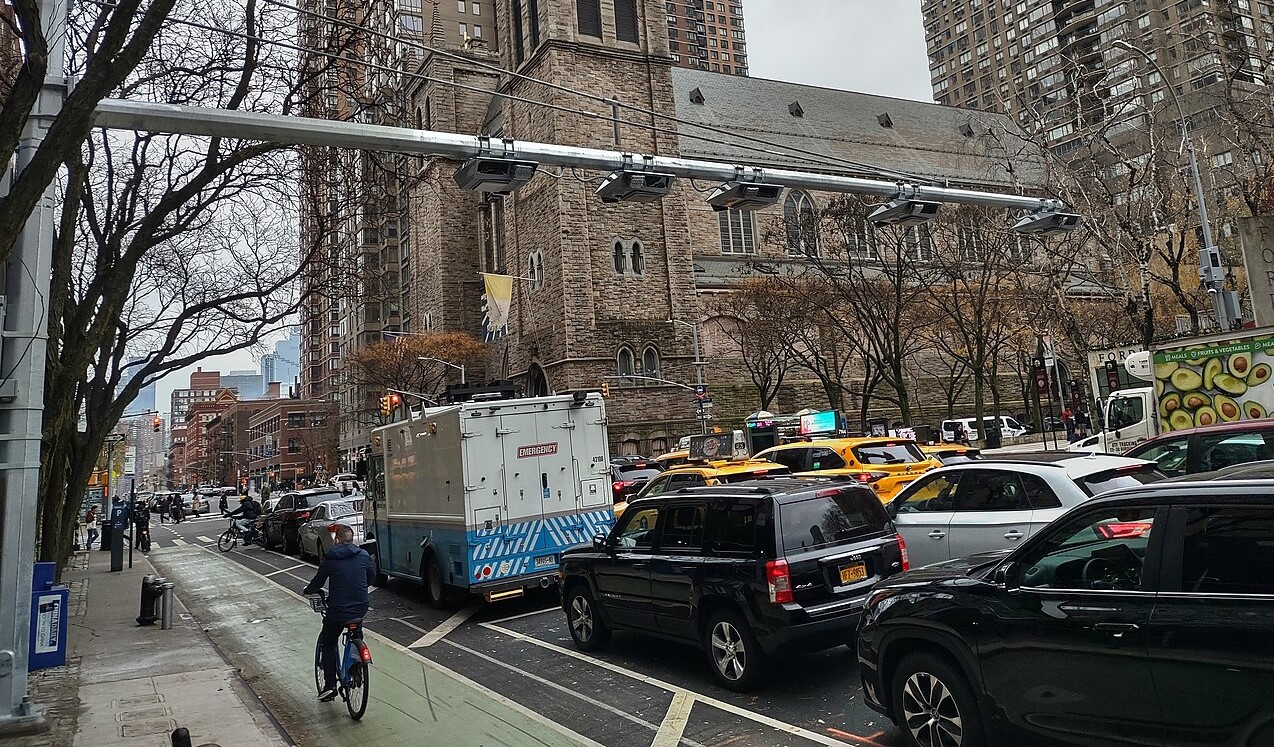The death rate from car crashes in the U.S. spiked 24 percent in 2020 compared to the previous year— a historic rise linked to an equally historic reduction in congestion that allowed the remaining drivers to race around recklessly on roads designed to prioritize speed above all else.
According to preliminary data from the National Safety Council — a widely respected nonprofit that releases its estimates of annual roadway fatalities about two years earlier than the federal government — about 42,060 people lost their lives to the U.S. traffic violence pandemic in 2020, even as the coronavirus pandemic simultaneously ravaged the nation.
That's about an 8.4-percent surge from the 38,800 deaths in the 2019 report — but because total annual mileage dropped about 13 percent during the nationwide quarantine, the one-year increase in the car crash fatality rate was the highest since 1924 — back when things like four-wheel brakes were still considered luxury safety features.
And in some states — such as South Dakota (+33 percent), Vermont (+32 percent), Arkansas (+26 percent), and Rhode Island (+26 percent) — the increase in sheer deaths was far higher than the abysmal national average. The District of Columbia also experienced a 33-percent rise — and of course, the human costs of those increases are impossible to measure.
“As I know all too well, these are not just numbers,” said Amy Cohen, co-founder of Families for Safe Streets, a support and advocacy group for people who have lost loved ones to traffic violence. “These are people: children, parents, grandparents, friends, co-workers. These are lives lost and life-changing injuries suffered in preventable crashes."
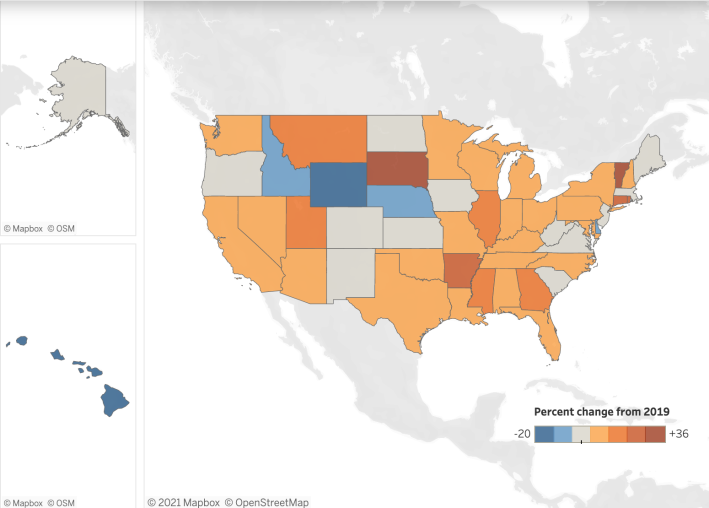
The preliminary death toll squares with earlier reports from the National Highway Traffic Safety Administration, which estimated a 32-percent death rate increase between the second quarter of 2020, when national VMT was at its nadir, compared to the same period a year earlier. And it also serves as a timely reminder that simply getting people out of their cars won't be enough to stem blood tide on U.S. roads, unless we also reckon with the proliferation of road designs that encourage driver speed over everyone's safety — especially when there are no traffic jams to encourage anyone to hit the brakes.
In the wake of shutdown orders, hundreds of U.S. communities worked fast to provide people-friendly street amenities like pop-up bike lanes, car-light Slow Streets events, and other quick-build traffic-calming interventions that are proven to save lives. But many of these efforts were disappointingly short-lived — and even the most ambitious cities couldn't address the utter dominance of deadly road design across their entire road networks overnight.
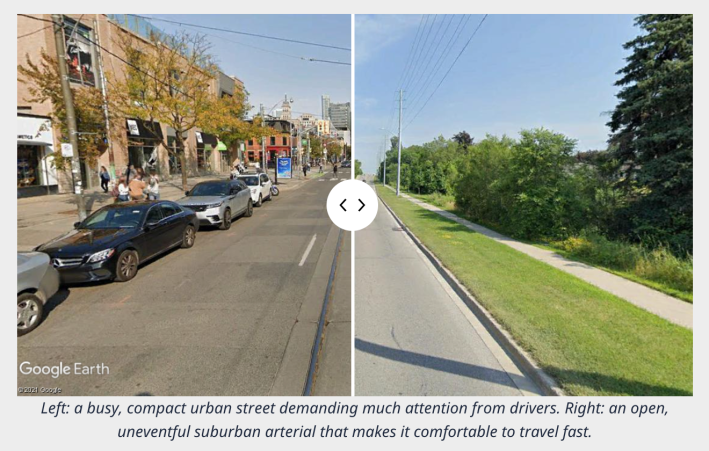
Of course, the combination of dangerous road design and low traffic volumes isn't the only reason why car crash rates careened out of control last year. The Council also cited the need for stricter licensing requirements for teenage drivers, legal and technological solutions to curb cell phone use behind the wheel, and strong federal laws to require a range of better vehicle safety features on new cars, like collision warning and ignition interlock systems to prevent drunk driving, at least for those who have already been convicted of the crime.
"It is tragic that we have proven 'vaccines' that could be significantly bringing down these numbers, but they are not being implemented," said Cathy Chase, president of the Advocates for Highway and Auto Safety. "Advanced driver assistance systems, such as automatic emergency braking, have been demonstrated to considerably reduce or mitigate crashes. Yet, a number of auto manufacturers are not putting them in new cars as standard equipment. Instead, they are upcharging for them in luxury packages coupled with non-safety features."
From the New Car Assessment Program to our neighborhood streets, advocates hope that the horrifying statistics will be the wake-up call that all levels of government need to finally take our roadway emergency seriously — and for President Biden to commit to a National Vision Zero goal by 2050.
“We do not need more ‘thoughts and prayers’ for the 42,060 lives lost last year in preventable traffic crashes,” said Leah Shahum, director of the Vision Zero Network. “We need elected leaders to take action and implement the strategies that are proven to save lives on our streets, sidewalks and bikeways.”


